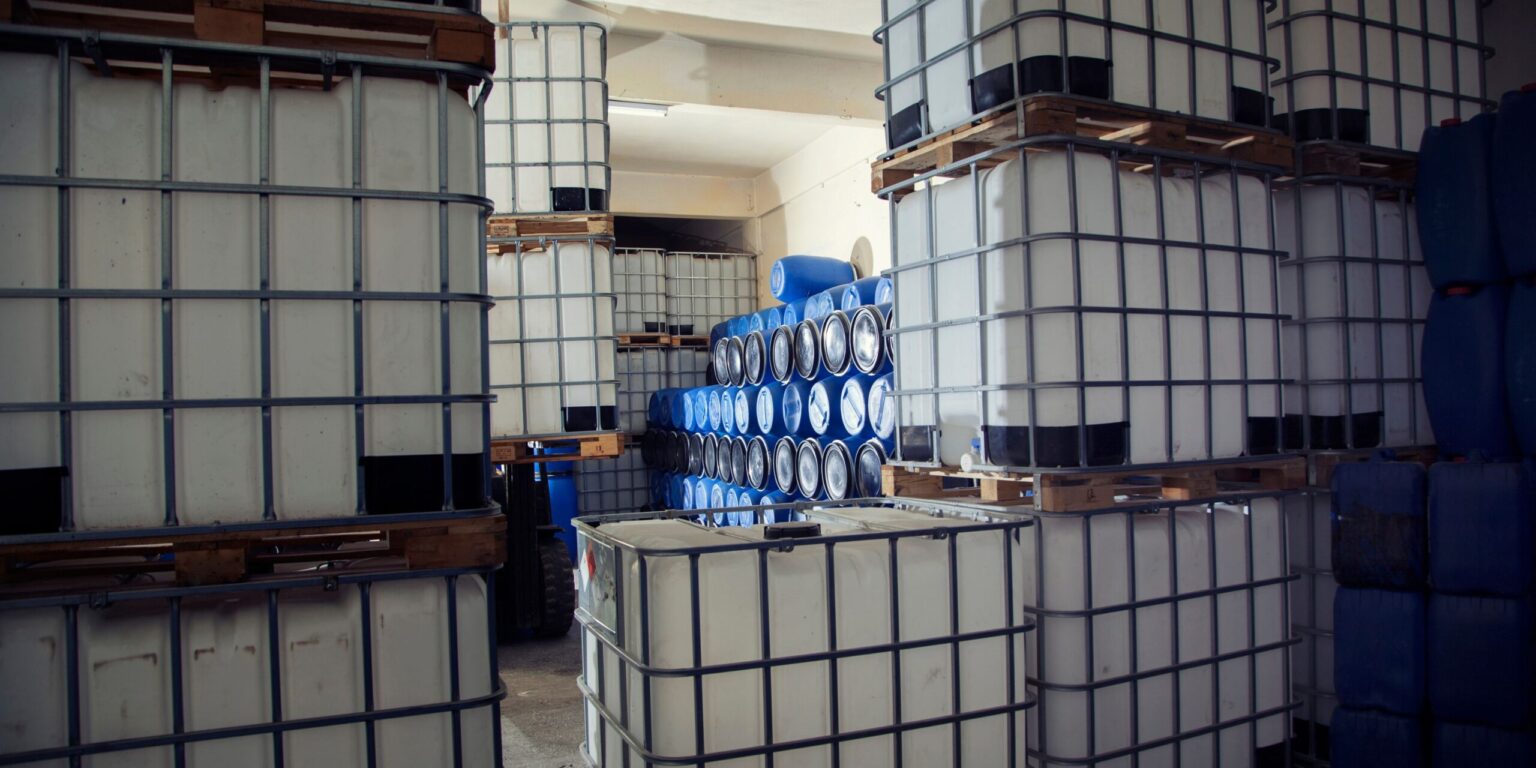On June 12, 2025, the U.S. Environmental Protection Agency (EPA) announced a significant postponement in the deadline for manufacturers and importers to submit unpublished health and safety data on 16 toxic chemicals. The new deadline is set for May 22, 2026, extending the previously established timelines. This decision has raised concern among environmental advocates who warn that the delay could lead to increased public exposure to hazardous substances.
EPA’s Decision and Its Implications
The affected chemicals include commonly known and widely used substances such as benzene, bisphenol-A (BPA), and vinyl chloride. These chemicals are found in a variety of everyday products and industrial applications and have been linked to serious health issues, including cancer, respiratory problems, and reproductive harm.
The EPA stated that the extension aims to allow time for the agency to refine its guidance to manufacturers on how to report unpublished health and safety data properly. The delay is also intended to address industry concerns about the treatment of confidential business information and the burden of compliance without clear instructions.
While industry groups welcomed the postponement, citing the need for clarity and fairness, environmental organizations criticized the move as a step backward for public health. They argue that the delay will obstruct timely evaluations of chemical risks and slow down necessary regulatory responses.
Background on Reporting Requirements
The requirement for chemical manufacturers and importers to submit unpublished health and safety data originates from the 2016 amendments to the Toxic Substances Control Act (TSCA). These changes were designed to give the EPA more authority to evaluate and regulate potentially harmful chemicals used in commerce.
Under the law, the EPA can require the submission of data that have not been published in scientific journals but may still contain critical insights into a chemical’s potential effects on health and the environment. The agency finalized the rule in December 2024 and originally set staggered deadlines in 2025 for submitting this information.
In response to lobbying from industry stakeholders, the EPA adjusted the deadlines earlier this year. The latest move consolidates the timeline for all 16 chemicals into a single, extended deadline in 2026, offering manufacturers nearly a full year of additional preparation time.
Chemicals Affected by the Delay
The 16 chemicals covered by the EPA’s order include:
- 4,4′-Methylene bis(2-chloroaniline) (MBOCA)
- 4-tert-Octylphenol
- Acetaldehyde
- Acrylonitrile
- Aniline
- Benzene
- Bisphenol A (BPA)
- Ethylbenzene
- Hydrogen fluoride
- N-(1,3-Dimethylbutyl)-N’-phenyl-p-phenylenediamine (6PPD)
- 6PPD-quinone
- Naphthalene
- Styrene
- Tribromomethane (Bromoform)
- Triglycidyl isocyanurate
- Vinyl chloride
These chemicals are used in a range of products, including plastics, solvents, adhesives, rubbers, and cleaning agents. The health risks associated with them vary but include developmental toxicity, carcinogenicity, and acute poisoning.
Reactions from Stakeholders
Industry representatives argue that while public health is important, so is ensuring that regulatory compliance processes are practical and do not impose unnecessary costs or confidentiality risks. They emphasize that better-defined guidelines will lead to higher-quality data submissions.
On the other side, health and environmental advocates contend that the delay weakens the EPA’s ability to fulfill its mandate to protect public and environmental health. They warn that without timely access to safety data, regulators may not detect or act upon health risks in a meaningful timeframe.
The delay has reignited debate over how the U.S. handles chemical safety. Some advocates suggest that the move reflects a broader trend of regulatory agencies prioritizing industry convenience over public well-being.
Public Health Implications
Experts worry that the extension will lead to prolonged exposure to substances that may be dangerous, particularly in vulnerable communities located near industrial zones. Health professionals stress the need for more proactive and timely assessments to prevent harmful exposure before health consequences emerge.
Timely data collection is a cornerstone of effective chemical risk evaluation. Delays in gathering essential information could result in missed opportunities to identify and mitigate environmental health threats.
Conclusion
As the May 2026 deadline approaches, the EPA faces mounting pressure to strike a balance between facilitating industry compliance and fulfilling its responsibility to safeguard the public. Whether the extra time will lead to improved data quality or delay critical regulatory actions remains a point of contention.
The agency’s decision underscores ongoing challenges in U.S. chemical regulation—chief among them, how to ensure that protective measures are not only comprehensive but also timely.
